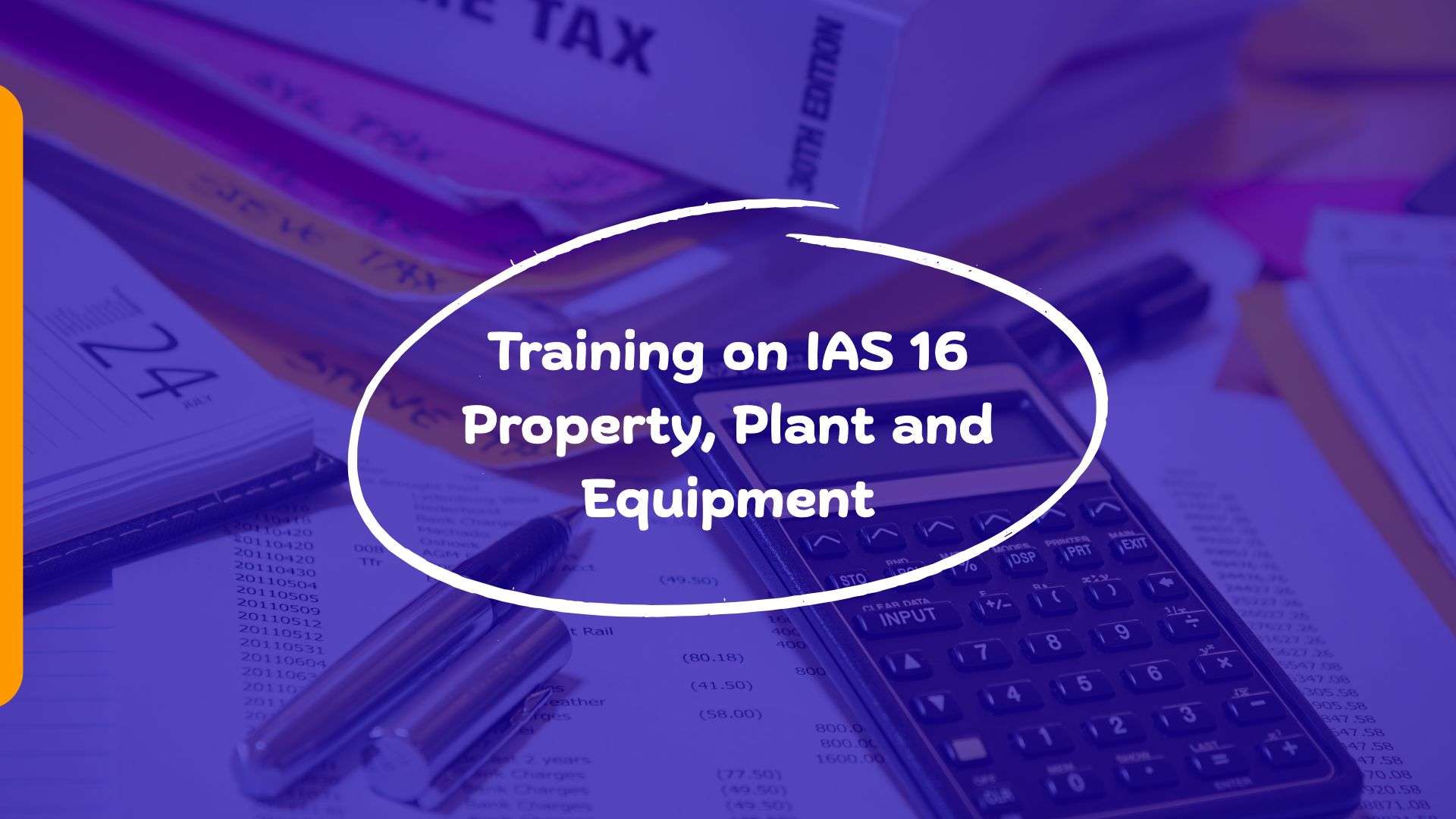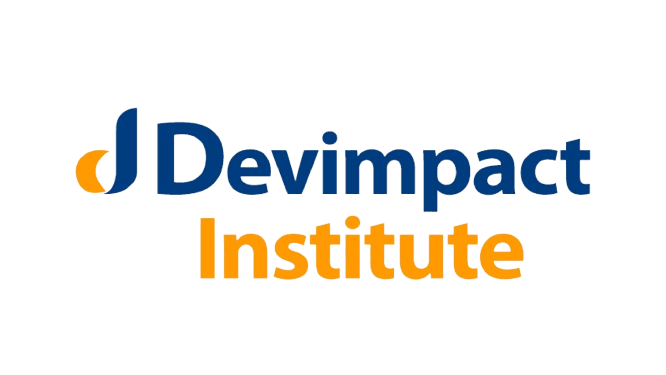
Training on IAS 16 Property, Plant and Equipment
IAS 16 Property, Plant and Equipment outlines the accounting treatment for most types of property, plant and equipment. Property, plant and equipment is initially measured at its cost, subsequently measured either using a cost or revaluation model, and depreciated so that its depreciable amount is allocated on a systematic basis over its useful life.
The objective of IAS 16 is to prescribe the accounting treatment for property, plant, and equipment. The principal issues are the recognition of assets, the determination of their carrying amounts, and the depreciation charges and impairment losses to be recognized in relation to them.
The training on IAS 16: Property, Plant, and Equipment is designed to promote regulatory compliance, financial accuracy, risk management, strategic decision-making, operational efficiency, investor confidence, and professional development within organizations. It provides a solid foundation in accounting for property, plant, and equipment under international standards.
Target Participants
The training on IAS 16: Property, Plant, and Equipment is tailored for finance and accounting professionals, including financial controllers, accountants, auditors, and financial analysts, who are involved in the preparation, review, or analysis of financial statements.
What You Will Learn
By the end of this course the participants will be able to:
- Develop proficiency in asset revaluations, impairment assessment, and estimation of useful life and residual value, ensuring compliance with international accounting standards.
- Acquire practical skills in conducting asset revaluations, impairment tests, and useful life assessments through case studies and interactive exercises.
- Enhance awareness of the significance of property, plant, and equipment in financial reporting and its impact on organizational performance and decision-making.
- Provide participants with the necessary knowledge and tools to implement IAS 16 within their organizations, ensuring compliance and mitigating the risk of financial misstatements.
Course Duration
Classroom Based – 5 Days
Online – 7 Days
Overview of IAS 16
- Scope and objectives of IAS 16
- Importance of Property, Plant, and Equipment in financial reporting
- Criteria for recognition of property, plant, and equipment
- Initial measurement methods: Cost Model vs. Revaluation Model
- Procedures for asset recognition and initial measurement
Transition to IAS 16 and First-time Adoption
- Considerations and challenges in transitioning from previous accounting standards to IAS 16
- Requirements and procedures for first-time adoption of IAS 16
- Disclosure requirements for entities adopting IAS 16 for the first time
Asset Revaluations under IAS 16
- Asset revaluations: rationale and process
- Revaluation Frequency and Policy
- Advantages and challenges of the revaluation model
- Accounting treatment for asset revaluations
- Recognition and Presentation of Revaluation Surplus or Deficit
Impairment Assessment Framework
- Introduction to impairment: definition and indicators
- Framework for impairment testing under IAS 16
- Methods and assumptions for impairment assessment
Testing Useful Life of Assets
- Factors influencing the useful life of assets
- Methods for estimating useful life
- Implications of changes in useful life estimates
Evaluation of Residual Value
- Definition and significance of residual value
- Techniques for estimating residual value
- Considerations for determining residual value assumptions
Presentation of Property, Plant, and Equipment
- Requirements for presentation in financial statements
- Disclosure requirements under IAS 16
- Illustrative examples of financial statement presentation
Fair Value Measurement of Property, Plant, and Equipment
- Understanding fair value measurement
- Application of fair value measurement to property, plant, and equipment
- Disclosures related to fair value measurement
Depreciation Methods and Calculation
- Depreciation methods permitted under IAS 16
- Calculation of depreciation expense
- Factors influencing the selection of depreciation methods
Asset Componentization
- Relevance to property, plant, and equipment
- Implications of componentization on asset measurement, depreciation, and financial statement presentation
Capitalization of Borrowing Costs
- Criteria for capitalizing borrowing costs related to the acquisition, construction, or production of qualifying assets under IAS 23
- Impact on the cost of property, plant, and equipment
- Disclosure requirements for capitalized borrowing costs in the financial statements
Directly attributable costs
- Labour expenses
- A systematic allocation of variable and fixed production overheads
- Delivery expenses
- Site inspection and preparation charges
- Installation fees
- Costs associated with testing the asset’s functionality
- Professional fees, for instance, legal fees or stamp duty
Subsequent Expenditure on Property, Plant, and Equipment
- Treatment of subsequent expenditure on existing assets
- Capitalizing versus expensing subsequent expenditure
- Accounting treatment for replacement and major overhaul of components within existing assets
Exchange of assets
- Recognition of Exchange Transactions
- Measurement of Exchange Transactions
- Non-Monetary Exchanges
- Monetary Exchanges
- Exchange with Government Grants
Disposal of Property, Plant, and Equipment
- Accounting treatment for the disposal of property, plant, and equipment
- Calculation of gain or loss on disposal
- Presentation and disclosure requirements for disposals in the financial statements
Implementation Strategies and Change Management
- Steps for successful implementation of IAS 16
- Change management considerations
- Training and communication strategies for stakeholders
- Common compliance issues with IAS 16
- Internal controls and procedures for property, plant, and equipment

